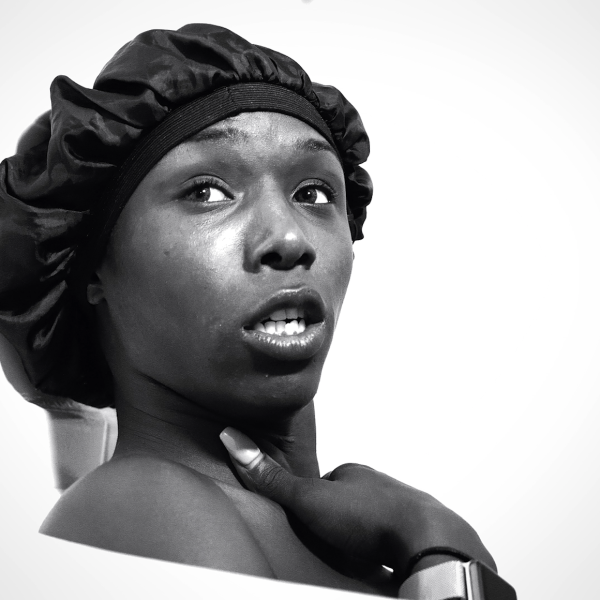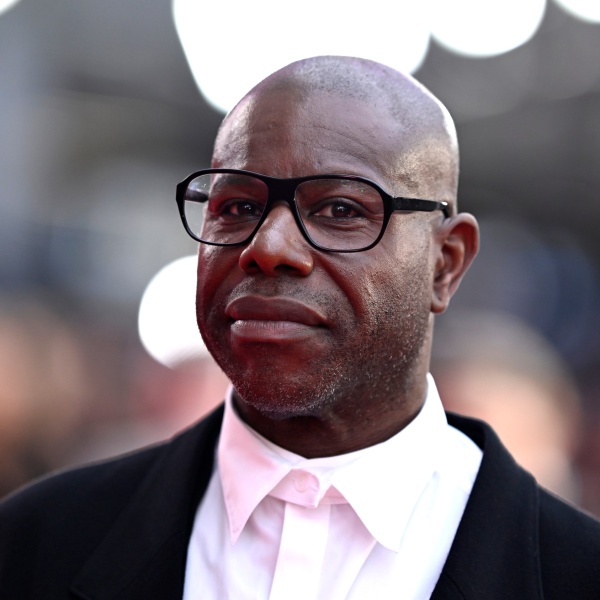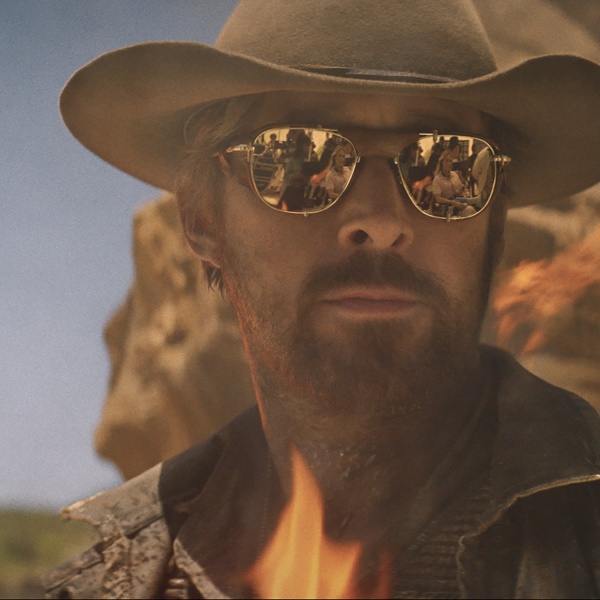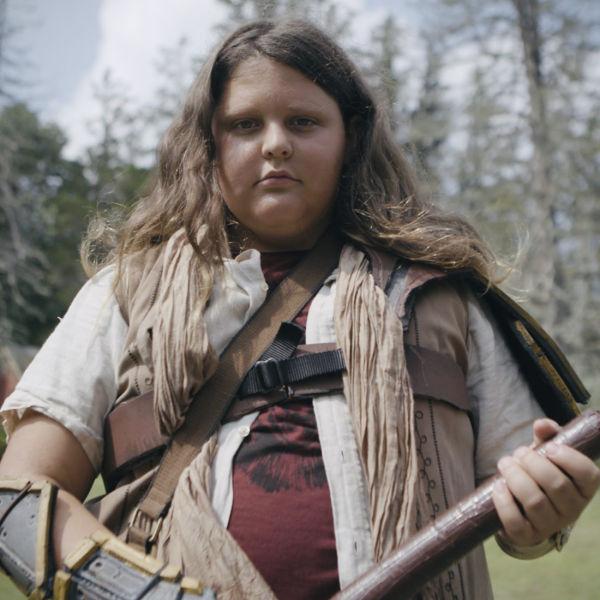
The true story of Danny Greene is not without intrigue or plot twists. The Irish dockworker first became a union head before seeking less savory work as a mob hitman. Like many before and after him, Greene earned the ire of those around him by trying to use his reputation as a negotiation tool, seeing the endless benefits of his experience mixed with an entrepreneurial know-how. Unlike others before him, organized crime didn’t know exactly what to do with the self-proclaimed “Celtic Warrior” and efforts to snuff him out were for naught. Judging by historical record, the Irishman seemed very much bulletproof.
Jonathan Hensleigh’s “Kill the Irishman,” which takes its cues mostly from Rick Porrello’s chronicle “To Kill the Irishman,” embraces the legend, fully endorsing the idea that Greene was smarter, stronger and bolder than his competition. A risky bet, sure, but you can get away with a lot by casting Ray Stevenson. The granite-faced thespian, overwhelmingly handsome even under an elaborate tumbleweed of hair and a thick ’70s-era mustache, portrays Greene as a near-superhero.

Early on, the younger Greene is a brash difference-maker who understands the relationship between intimidation and political power. His idea of working his way up the ranks is by ripping off the docks, then retaliating for a botched hit by delivering a barrage of open-palm slaps to the crooked Union head (a simpering Bob Gunton). From there, it’s the rush of power, moving in on local hoods with a combination of bribery, bargaining and brutalization. Stevenson, all arched eyebrows and booming shoulders, isn’t a man you say no to.
Greene falls from grace and earns himself a prison stay, and upon returning to the streets, he seeks work with local mobster Shondor Byrnes. A folksy sort, Byrnes’ charm and polite manners underscore his own generous perception of the legality of his business, which involves using strongmen to retrieve debts with interest. As played by Christopher Walken, it is another of his deceptively mercurial turns. He runs a restaurant and remains slavishly dedicated to fine cuisine, dining with Greene at his mother’s house amidst tacky rose-decorated table settings and charmingly thrift store-quality chairs. It is not a surprise with Walken that he performs these tasks with the same ease that he places a pound of bills in someone‘s hand, ordering Greene be taken out.
And so it goes with the Irishman, who makes friends only to see them become enemies. Partly because of past relationships and partly due to just how intimidating he is, the attempts against his life prove futile. Always with an ace in the hole, he recognizes the value of finding the right associates, because if they all turn on you at once, they will be turning on each other. Alas, once Greene announces “The Irishman’s in business for himself now,” he becomes the most sought-after target in Cleveland history, dodging an escalating car bomb spree that leaves the streets looking not unlike modern day Detroit, where “Kill The Irishman” was filmed.
The story structure benefits an episodic feel, but Hensleigh keeps things light with a strong eye for casting. Amongst the bruisers called into action are the likes of Vinnie Jones, Paul Sorvino and Robert Davi, all doing dignified riffs on their established onscreen personas. Vincent D’Onofrio has the film‘s most humane moments of the supporting characters as John Nardi, Greene’s most trusted associate. He’s a middleman not afraid to get his hands dirty but one that finds it impossible to shed his own defensiveness about being considered a minor player in the local crime scene, and D’Onofrio plays this mixture of toughness and insecurity convincingly. Val Kilmer, puffy but still-intense, is one of Greene’s former schoolmates turned local cop, and his character has to believably have contempt for Greene but also a genuine respect for his code of honor. Kilmer, an actor of great complexity no matter the size, gets to exercise acting muscles that sadly go dormant too often in his career, but also gets to chew on a few tough guy bits of dialogue about carving hearts out and eating them.
Hensleigh, who seemed out of his element shooting the mundane actioner “The Punisher” in his debut film, finds himself more comfortable with the meat-and-potatoes milieu of the this era. With “Kill The Irishman,” he’s made a film that straddles genres capably, peppering bits of action with a light-on-its-feet approach to straightforward drama. Most importantly, he’s sufficiently established a time and place. While “The Punisher” was set in an ugly, non-descript Miami (and the less said about his follow-up, “Cannibal Holocaust” ripoff “Welcome to the Jungle,” the better), the Cleveland established in the film breathes and thrives like a real character, the shabby broken paint of the suburbs, the poorly-lit, dingy downtown clubs and the dilapidated town buildings adding to the comic tragedy of the film: there is no extravagance to this particular criminal lifestyle.
The story of Danny Greene is never dull, but the film still benefits greatly from the magnetism of Stevenson. As Greene, Stevenson has the kind of era-appropriate sexuality mocked in period-lampooning comedies like “Austin Powers” and “Anchorman,” and we’re guessing completely alien to a couple of generations already. Unafraid to hide a slight beer gut, Greene has an iron stare and a hairy chest, a lumberjack waylaid in in the middle of urban Cleveland or a Viking too far from home. His courtship of first wife Joan (Linda Cardellini) and, later second wife Ellie (Laura Ramsey) is both sweet (he charms them as a bibliophile) and sexy (they don‘t swoon as much as gladly submit), and he is nothing if not devoted. But underneath the bluster is an educated vulnerability — Greene, who spends his times reading up on Ireland’s considerable political history, wants to belong to someone. Despite the bloodshed, his desire to provide for his first and then second wife is genuine.
“Kill The Irishman” never strives for transcendence, as their remains an earthbound artlessness to Hensleigh’s direction. He still seems insecure in blocking intimate moments between less than five characters, struggling to maintain tone and coherence when bullets aren’t flying. Clunky, too, are his action sequences — “Kill The Irishman” may set a record for most on-screen car bombings, but most violent encounters are perfunctory and colorless, favoring indeterminate geography and slapdash chaos over dramatic impact, which should add to the story’s verisimilitude but instead distance us from the story dynamics at play. Fortunately, his approach is best suited to actors of this caliber, and he’s smart enough to illuminate each actor’s unique gifts as they play off each other, creating a film where community, time and place actually matter. As the co-writer on films like “Die Hard With A Vengeance,” Hensleigh knows you need an A-attitude to make a B-movie. [B+]





